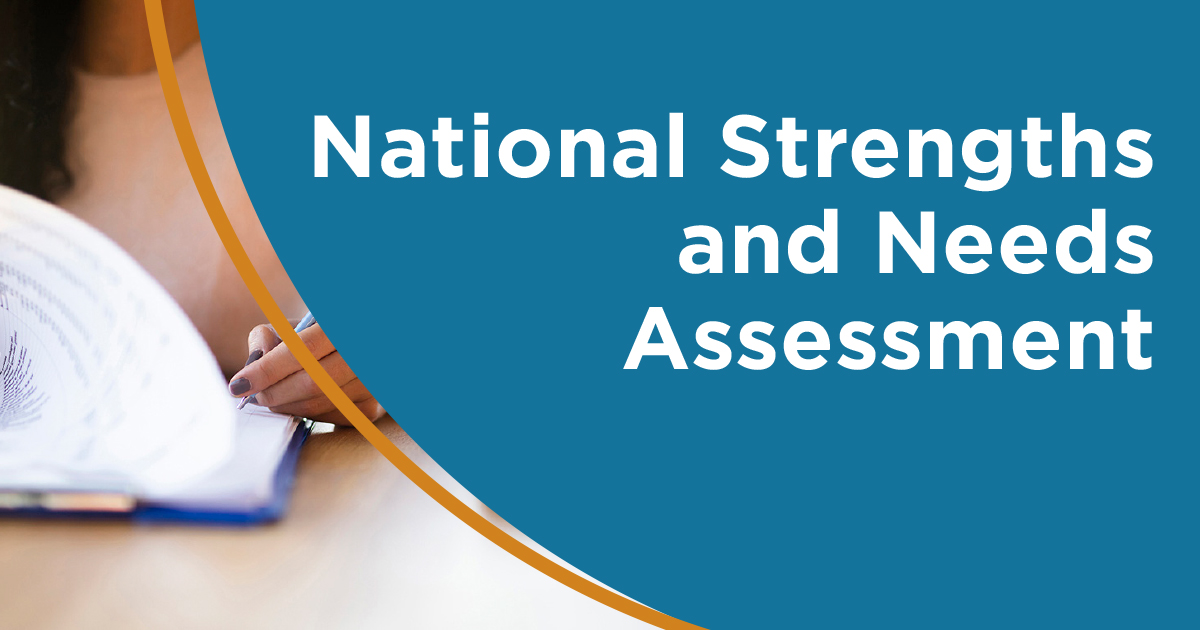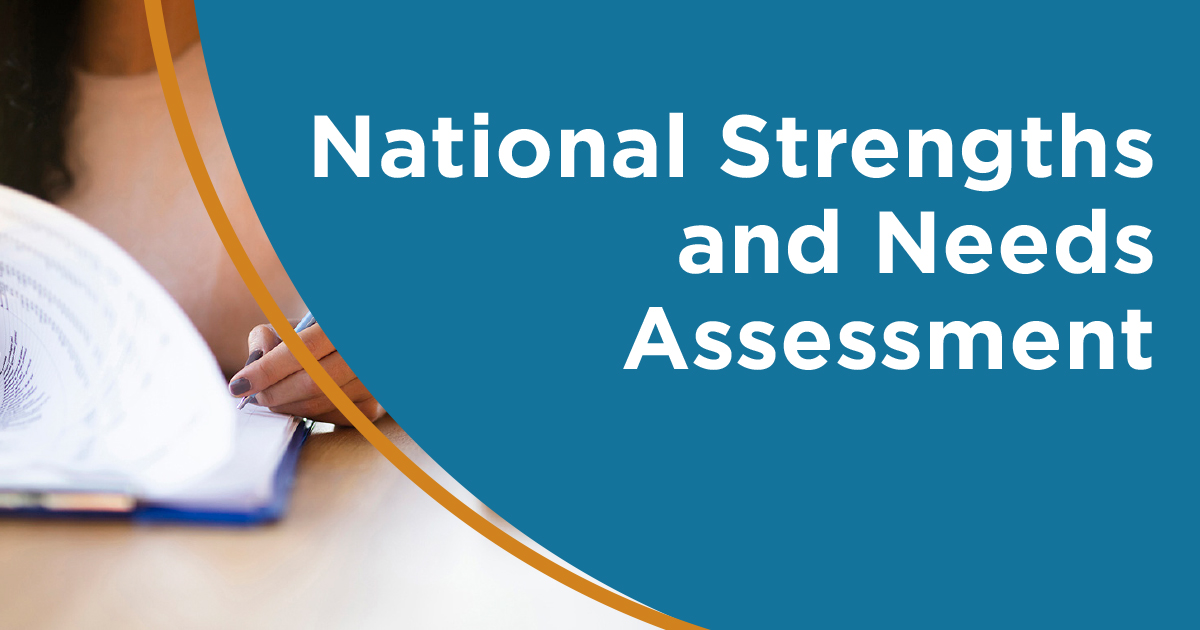Why are We Talking About Evaluation?
On this episode, NSVRC’s Mo Lewis and Sally J. Laskey talk about why and how we use evaluation for good.
Notes:
The Centers for Disease Control and Prevention (CDC) just released a new report, The National Intimate Partner and Sexual Violence Survey: 2016/2017 Report on Intimate Partner Violence. This report highlights the most recent findings from the the National Intimate Partner and Sexual Violence Surivey (NISVS) specifically around experiences of intimate partner violence.
On this episode, NSVRC’s Mo Lewis and Sally J. Laskey talk about why and how we use evaluation for good.
Notes:
 To support the growth and development of the Rape Prevention and Education Program and determine priority needs NSVRC conducts regular national assessments.
To support the growth and development of the Rape Prevention and Education Program and determine priority needs NSVRC conducts regular national assessments.
We are continuing to explore lessons learned by participants from our effective data visualization training series we conducted with Dr. Stephanie Evergreen. I interviewed a few training participants to hear about how their data storytelling has shifted and the larger impacts they’ve experienced.
I had the opportunity to connect with Erin Chambers, Visual Communications Designer from the Missouri Coalition Against Domestic & Sexual Violence (MOCADSV) to learn how data storytelling is evolving for state coalition staff.
When the pandemic hit and we weren’t able to meet in person like we usually do with our Rape Prevention and Education (RPE) partners, we realized we needed a new plan. Part of the new plan included a fantastic partnership with Dr. Stephanie Evergreen to conduct a series of virtual trainings on effective data visualization. These trainings have forever changed the way we tell our prevention stories.
This self-study guide, which is a part of the Evaluation Toolkit, provides an introduction to data visualization. It includes up to 8 hours of online training options and resources. This beginner level plan will assist learners in understanding the principles of how to present data effectively.
This resource from the Michigan Rape Prevention & Education Program shares how subrecipients found ways to continue to build and expand important community connections despite the pandemic, followed by some lessons learned along the way.
Feeling connected in your community is a protective factor against the risk of perpetrating sexual violence.
The Brief Sense of Community Scale (BSCS) is a measure of sense of community that was published in Peterson, Speer & McMillan (2008). This scale was designed to assess the dimensions of needs fulfillment, group membership, influence, and emotional connection. Listen to our Podcast "How to Measure a Sense of Community".
Learn how Indigenous values can be incorporated into a new model for evaluation.